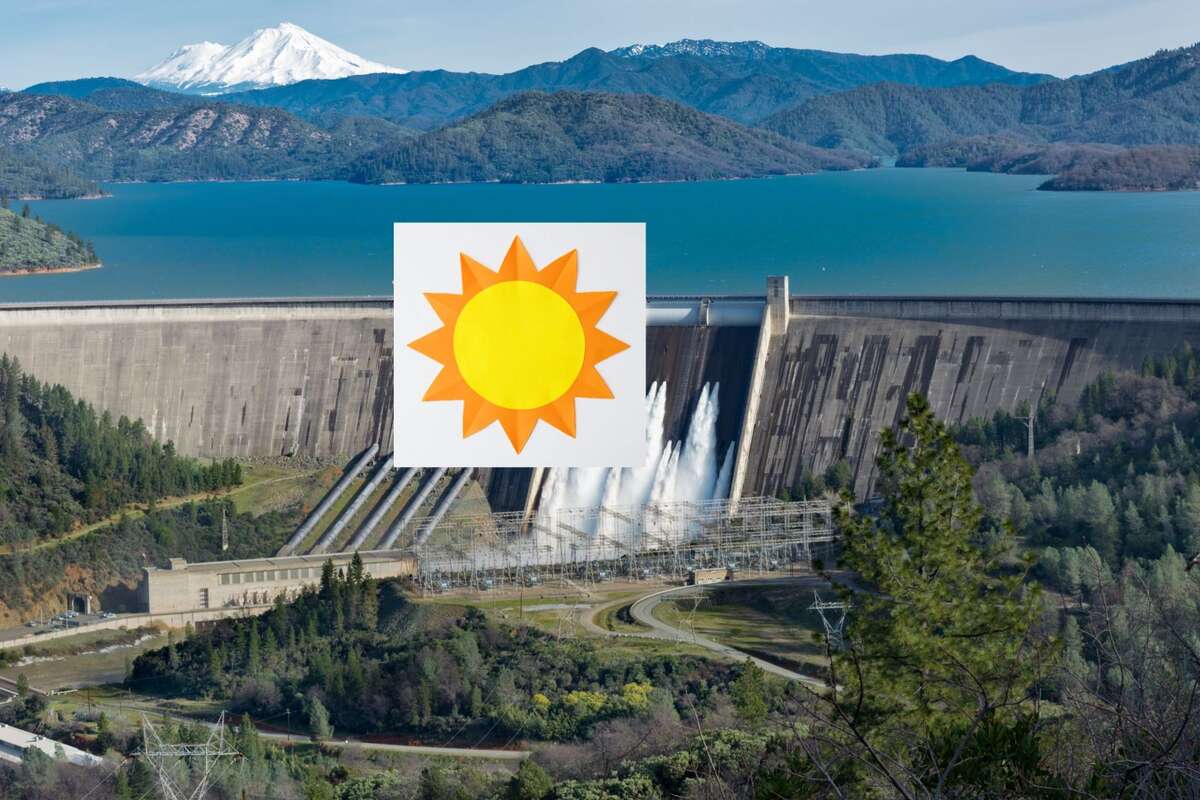Buoyed by the Inflation Reduction Act, the momentum behind solar is getting stronger. Total solar generation has increased 12-fold since 2013. And utility-scale solar is expected to grow by more than 50% this year versus last.
I would caution readers that these types of statistics are deceiving because they are comparing against relatively low starting bases resulting in much higher percentage increases. Don’t expect anywhere near these types of percentage growth numbers moving forward, but that’s typical.
Perhaps a more meaningful metric is that next year solar electric generation is expected to surpass hydroelectric generation. More than 125 GW of solar (large and small) have been installed in the U.S. to date. That represents about 7.2% of all electric production. Hydro is roughly 8%. Interestingly, through August of this year hydro production has declined due to adverse weather conditions.
Natural gas remains the clear leader in electric production at 44%, sadly followed by coal at 16.4%, and wind at 11.6%.
I’ve posted numerous times about the massive backlog of projects in interconnection queues. The Federal Energy Regulatory Commission (FERC) believes that there are 83 GW of solar projects in the pipeline that have a “high probability” of coming online over the next three years. That’s out of a total of 214 GW in the queue, meaning FERC only expects 39% of projects will get turned on. My guess is that it isn’t even that high.
The next major milestone for solar – surpassing natural gas electric production. FERC believes that could occur as soon as 2030.













